Bangweulu Wetlands
The Bangweulu Wetlands are located in the Northeast of Zambia. It’s an extremely remote destination with only one camp in the area. Bangweulu means ‘the place where the water meets the sky’. It’s the perfect description for these globally important and stunning wetlands in Zambia. This extraordinarily rich and diverse ecosystem is home to 400 bird species, including the Shoebill stork which has been listed as a vulnerable species. The Wetlands play host to a variety of ungulates. Which include the endemic black lechwe. The carnivores include jackals and hyenas, as well as crocodiles and at least 80 fish species. The African Parks Organisation are successfully managing the park and have reintroduced different herbivore species into the park.
highlights
Shoebill Storks
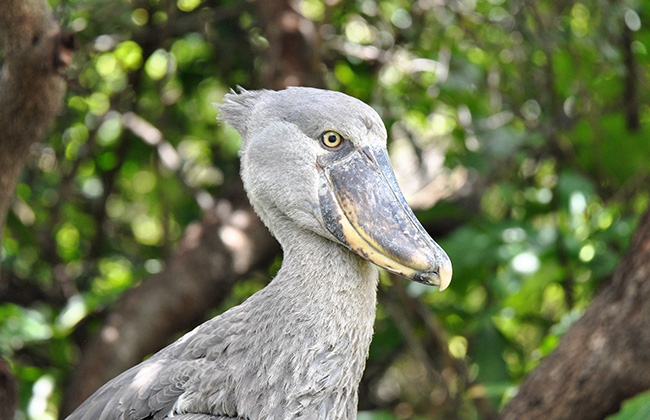
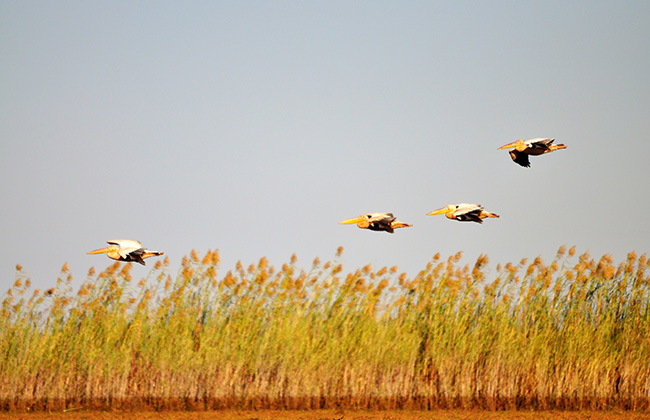
Birdlife
Endemic Black Lechwe
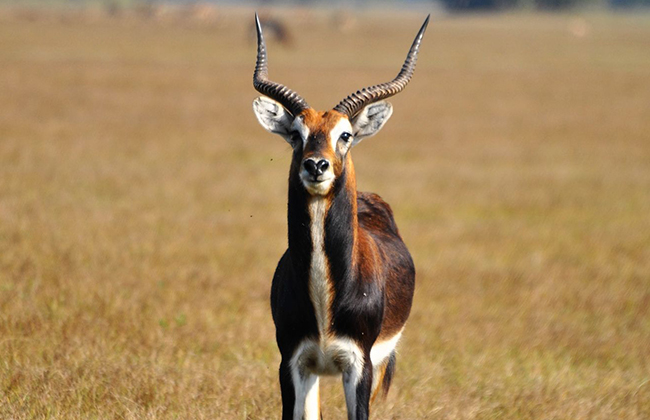
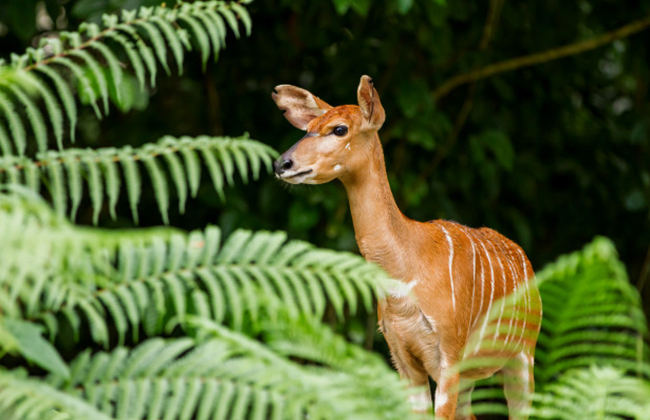
The Rare Sitatunga Antelope
Biggest Mammal Migration
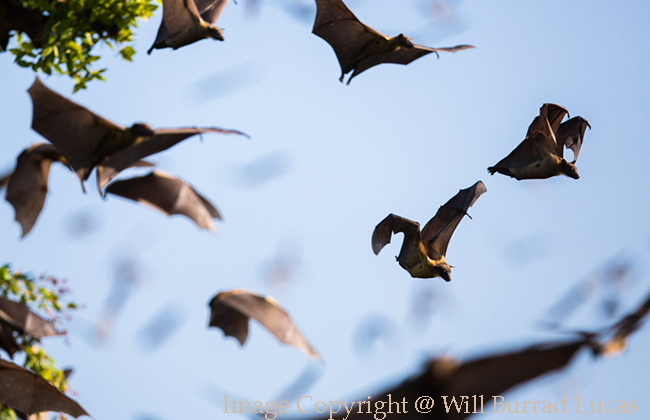
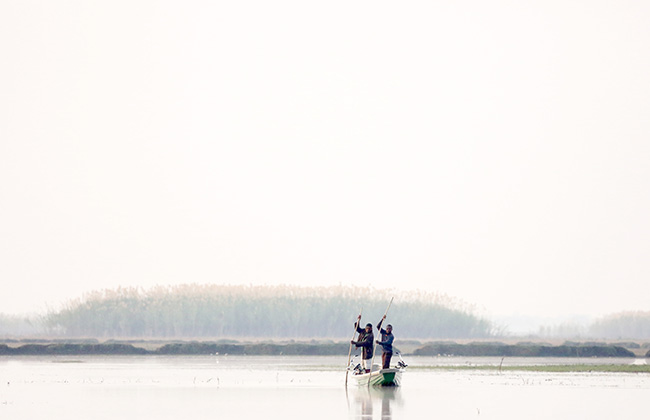
MEET THE BANGWEULU COMMUNITIES
Best time to visit
May to October is the Dry Season.
From May to August is the best time to see the shoebill stork, from June to July is the best time to see big herds of lechwe and other grazers. During this season the weather is nice and sunny and rarely rains. The Low water levels allow for game drives and canoe trips The sky is very hazy, and the bush looks parched in September-October and Mornings are cold from May to August.
November to April – Wet Season
The first rains in November brings new grass attracting the lechwe and other grazers and the water levels are highest in March and April, making it a wetland paradise. The scenery is green and fresh and it’s the best birding time as migrants are present. Game drives aren’t possible from about December to April, only canoe trips. The weather is hot and humid and there can be many insects and mosquitoes.Malaria is a bigger concern than in the Dry season
